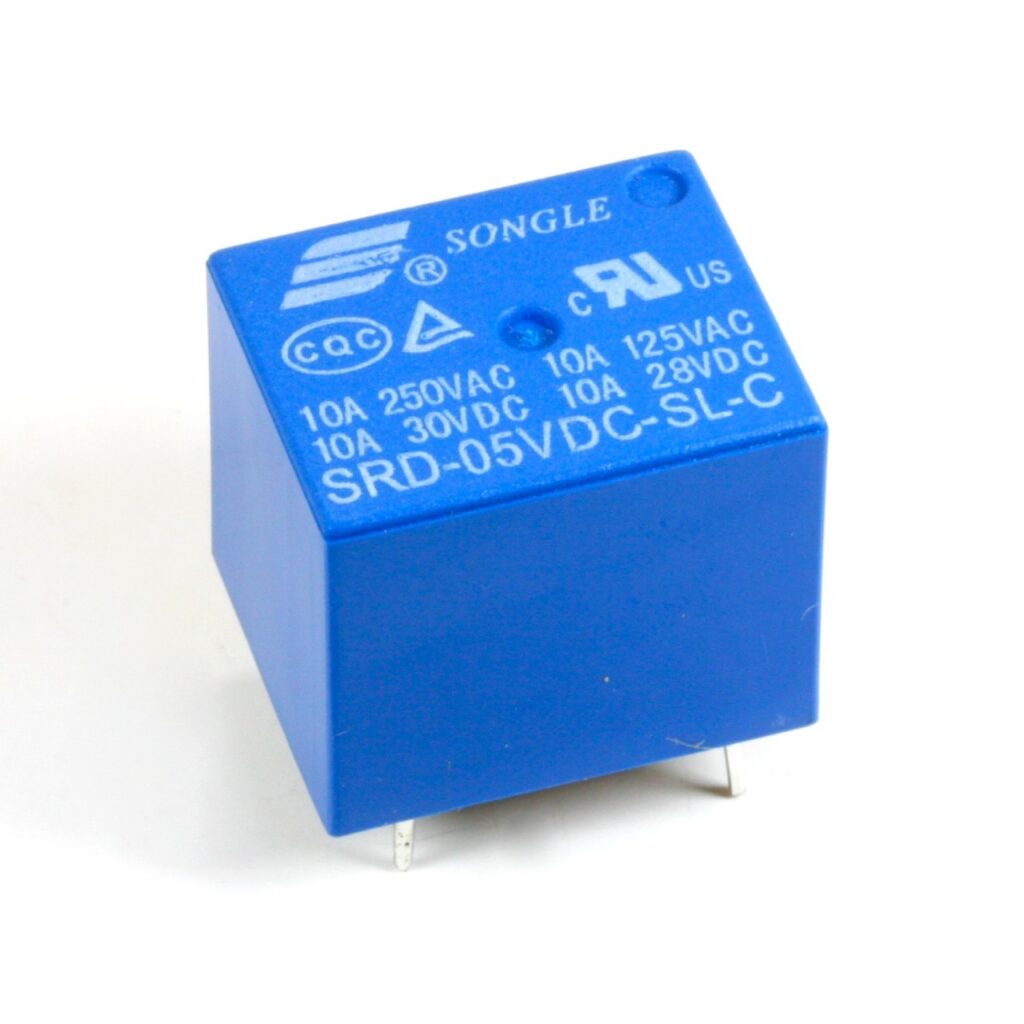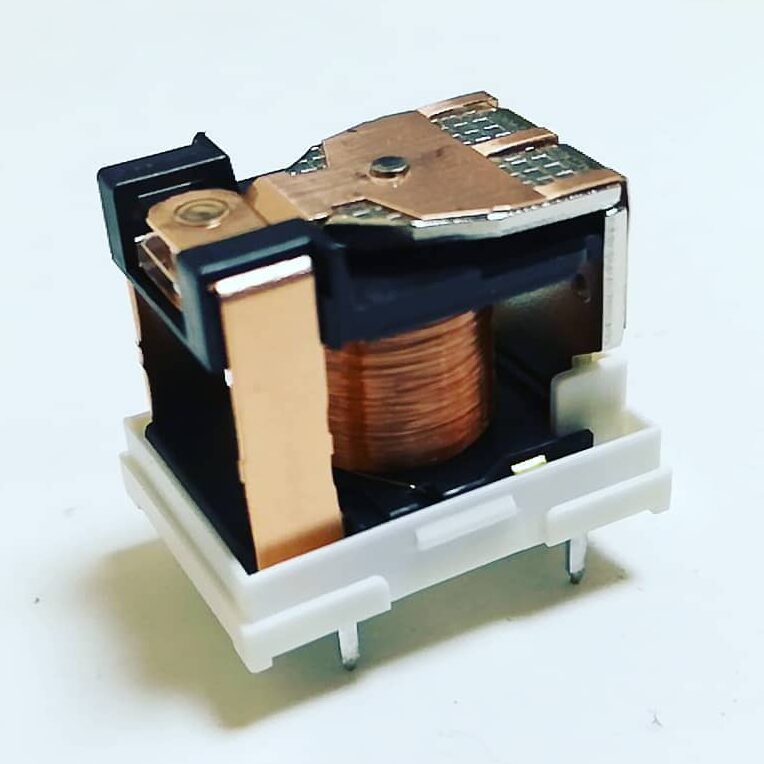What is a relay?
A relay is classified into many types, a standard and generally used relay is made up of electromagnets which generally used as a switch. Relay is a switch that controls (open and close) circuits electromechanically.
The main operation of this device is to open or close the contact with the help of a signal without any human involvement in order to switch it ON or OFF. It is mainly used to control a high-powered circuit (AC or DC) using a low power signal mostly from microcontrollers.


So with the help of a relay, we can control AC appliances like fan, light, TV, etc… by sending a signal from Arduino or any other development boards or microcontrollers.
Types of relay
Other than the Electromagnetic relay there are many other types of relays that work on different principles. Its classification is as follows.


Types of Relay Based on the principle of operation
Electrothermal relay
When two different materials are joined together it forms into a bimetallic strip. When this strip is energized it tends to bend, this property is used in such a way that the bending nature makes a connection with the contacts.
Electromechanical relay
With the help of few mechanical parts and based on the property of an electromagnet a connection is made with the contacts.


Advantages
- Not susceptible to external electromagnetic environment.
- Able to withstand large inrush currents.
- Able to carry high voltage, high current load.
- Cheap and cost-effective.
Disadvantages
- Electromechanical relays are slower than other types of relays at 5 to 15ms.
- Larger package sizes, not suitable for small projects.
- Electromechanical relays tend to have a shorter life than other types of relays due to mechanical wear.
Solid State relay:
Instead of using mechanical parts as in electrothermal and electromechanical relays, it uses semiconductor devices. Because of that the switching speed of the device is made easier and faster.
The main advantages of this relay are its more life span and faster switching operation compared to other relays.


Advantages
- Fast switching speed, approximately 1 ms and 0.5 ms.
- Totally silent operation, no clicking sound.
- No physical contacts so there is no electric spark, which allows it to be used in explosive environments.
- Increased lifetime, because of no moving parts and contacts.
- Compact, smaller than mechanical relays and can integrate into projects with less space.
Disadvantages
- Contact resistance is relatively large, usually above 100 ohms, which will generate more heat, so it needs to be used with a heat sink & fan.
- High cost.
Hybrid relay:
It is the combination of both electromechanical and solid state relays.
Types of Relay Based on the polarity:
Polarized relay:
These are similar to the electromechanical relays but unlike the electromechanical relay both permanent magnet and electromagnet are used in it, the movement of the armature depends on the polarity of the input signal applied to the coil.
Non-polarized relay:
The coil in these relays doesn’t have any polarities and its operation remains unchanged even if the polarity of the input signal is reversed.
Notice
There are still various other types of relays but their use are either limited, too costly, or not widely available and thus, we are not going to include them in this guide.
Applications
The applications of the relay are limitless, its main function is to control the high voltage circuit (230V circuit AC) with a low voltage power supply (a DC voltage).
- Home Automation, to control home appliances.
- To drive high voltage appliances from microcontroller or development boards like Arduino, Raspberry Pi, etc…
- Used to control the electric motor switches. To turn ON an electric motor we need a 230V AC supply but in a few cases, there may be a situation to switch ON the motor with a DC supply voltage.
- Automatic stabilizers are one of its applications where a relay is used. When the supply voltage is other than the rated voltage, a set of relays senses the voltage variations and controls the load circuit with the help of circuit breakers.
- Used for the circuit selection if there exists more than one circuit in a system.
- Used in the traffic signal controllers, temperature controllers.


